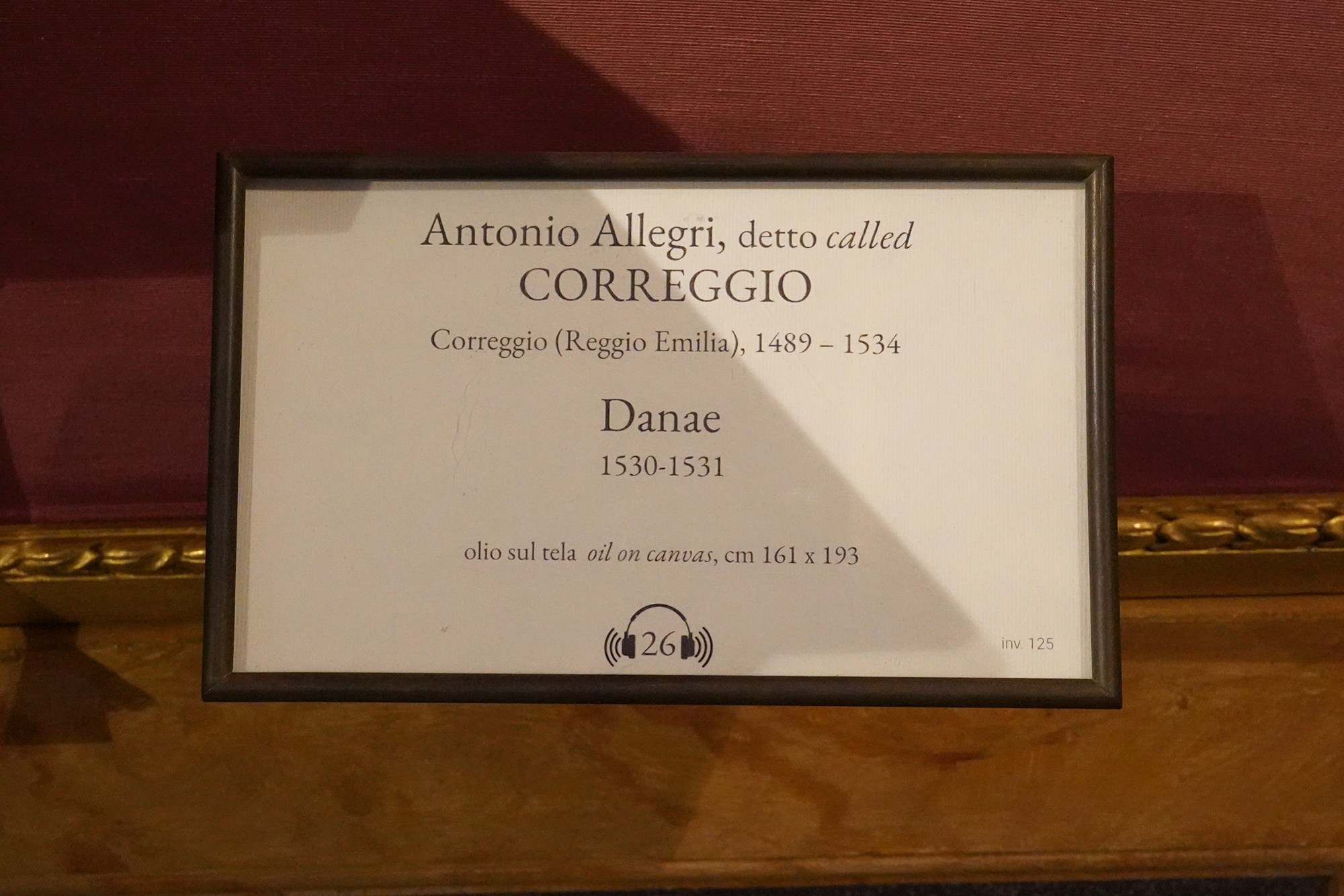Borghese Gallery and Museum, Rome, Italy
It houses an impressive collection of sculptures, paintings, and antiquities, primarily assembled by the influential Borghese family. 795
Borghese Gallery and Museum: Piazzale Scipione Borghese, 5, 00197 Roma RM, Italy
Date Picture Taken: October, 2023
Visitors to the Borghese Gallery often appreciate the intimate setting of the villa and the carefully curated collection, making it one of the must-visit museums for art enthusiasts in Rome.
The view in front of the museum

The museum

The museum features several sculptures by the renowned Baroque artist Gian Lorenzo Bernini, including his famous works such as “Apollo and Daphne,” “David,” and “The Rape of Proserpina.”
The Rape of Proserpina.

“The Rape of Proserpina is created between 1621 and 1622. The subject of the sculpture is taken from Roman mythology and depicts the abduction of Proserpina (also known as Persephone in Greek mythology) by the god of the underworld, Pluto (Hades in Greek mythology).

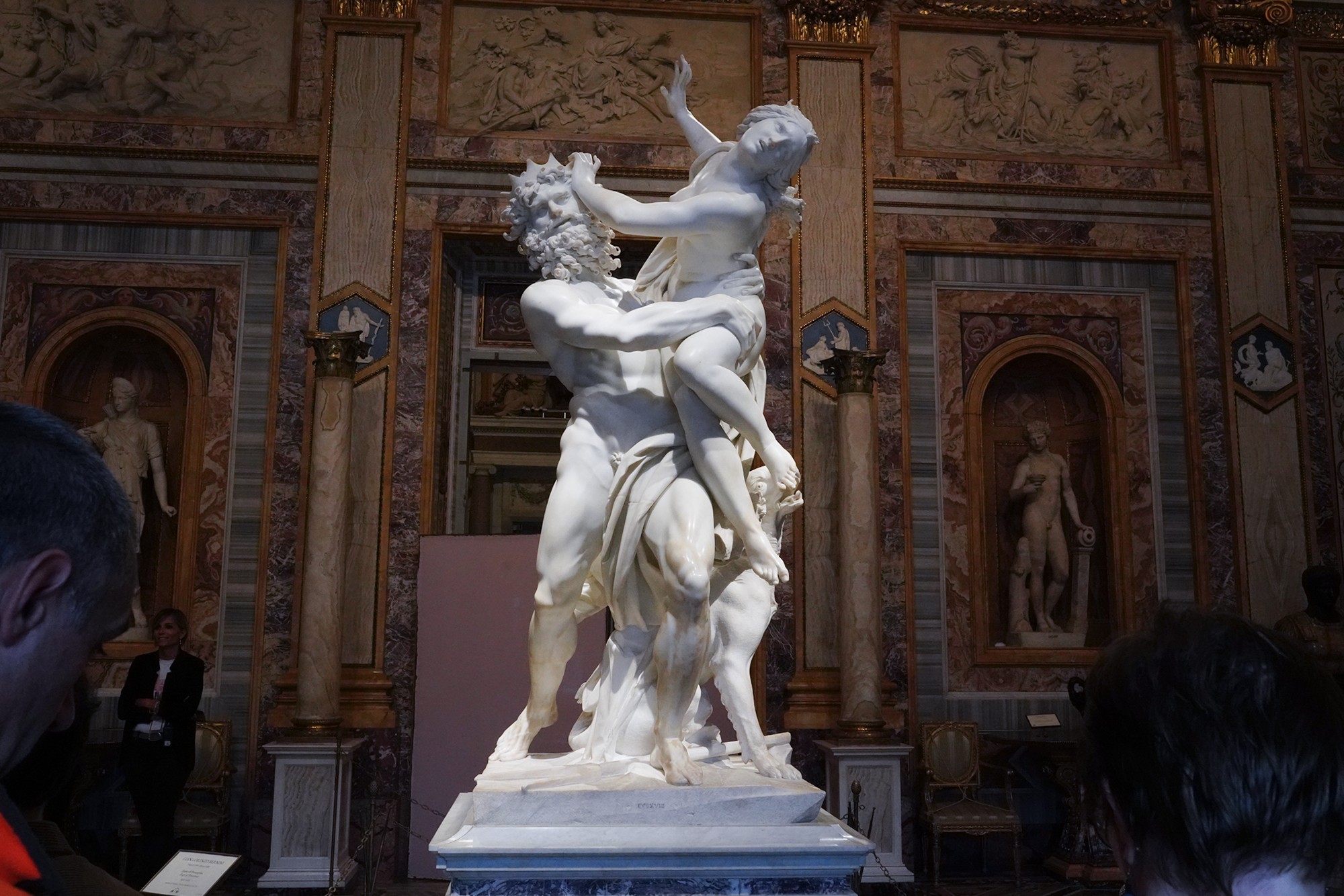


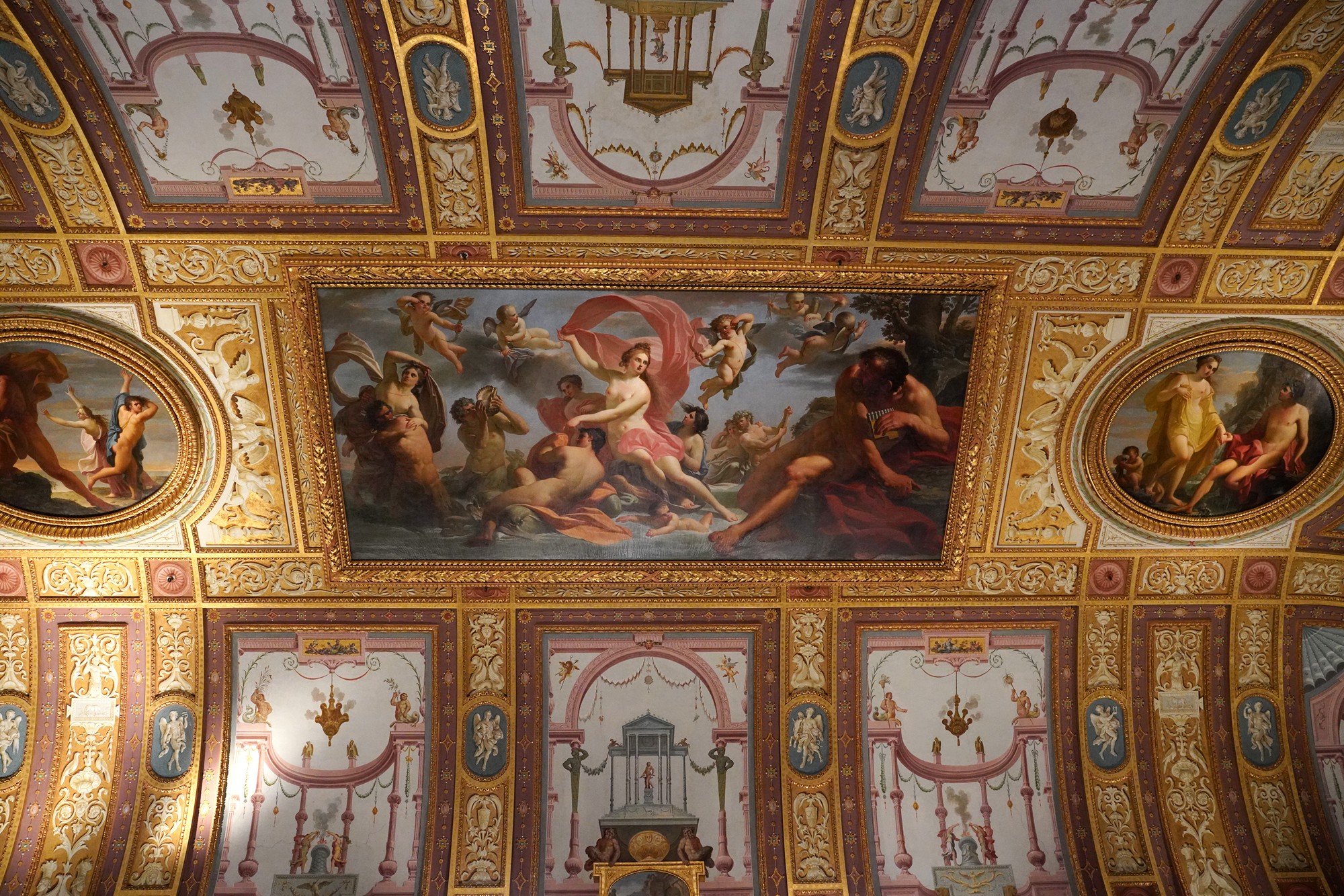


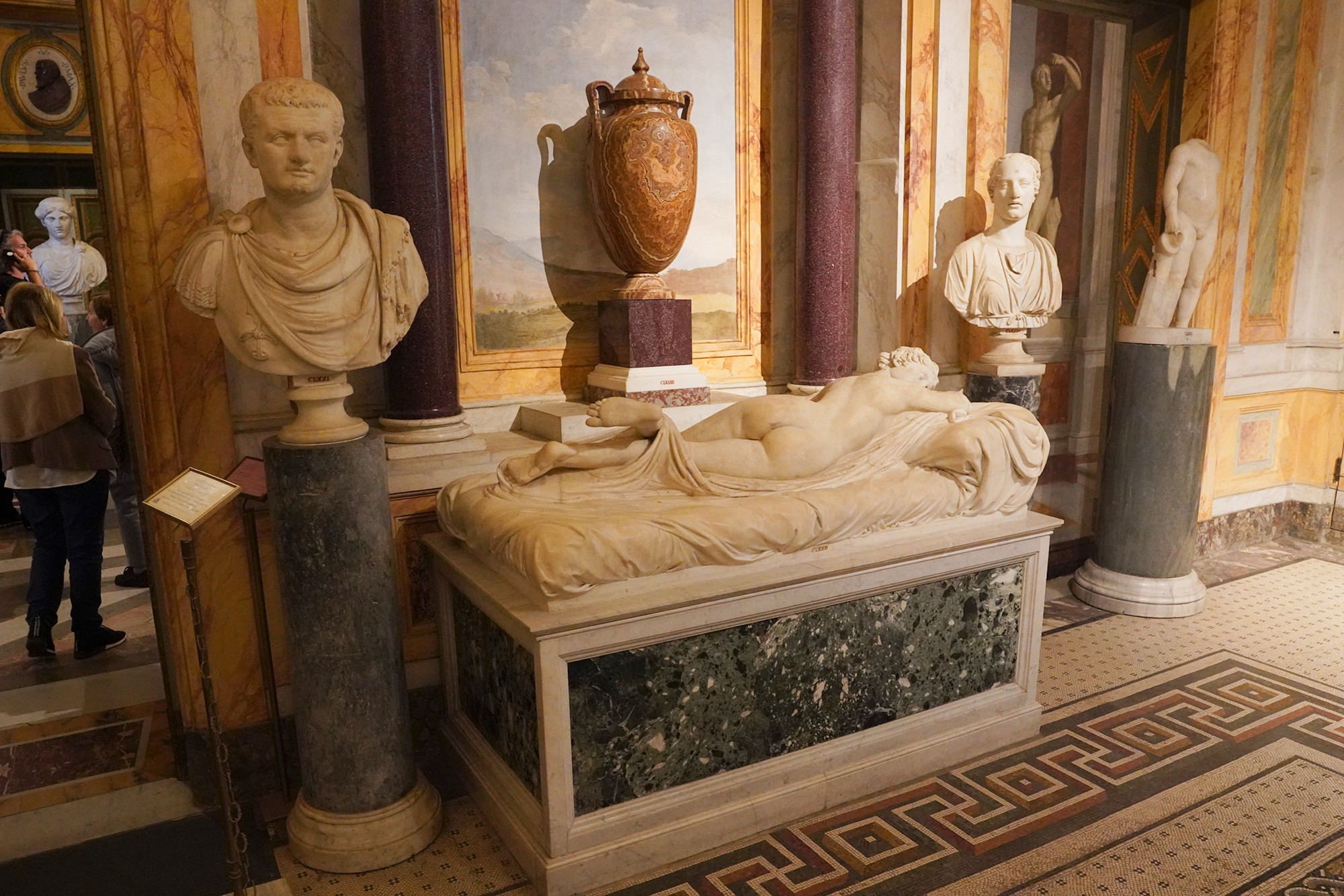
Aeneas, Anchises, and Ascanius created in 1618–19. The sculpture depicts a scene from the Aeneid, where the hero, Aeneas, escapes his family from burning Troy. The life-sized group shows three generations of Aeneas’ family.





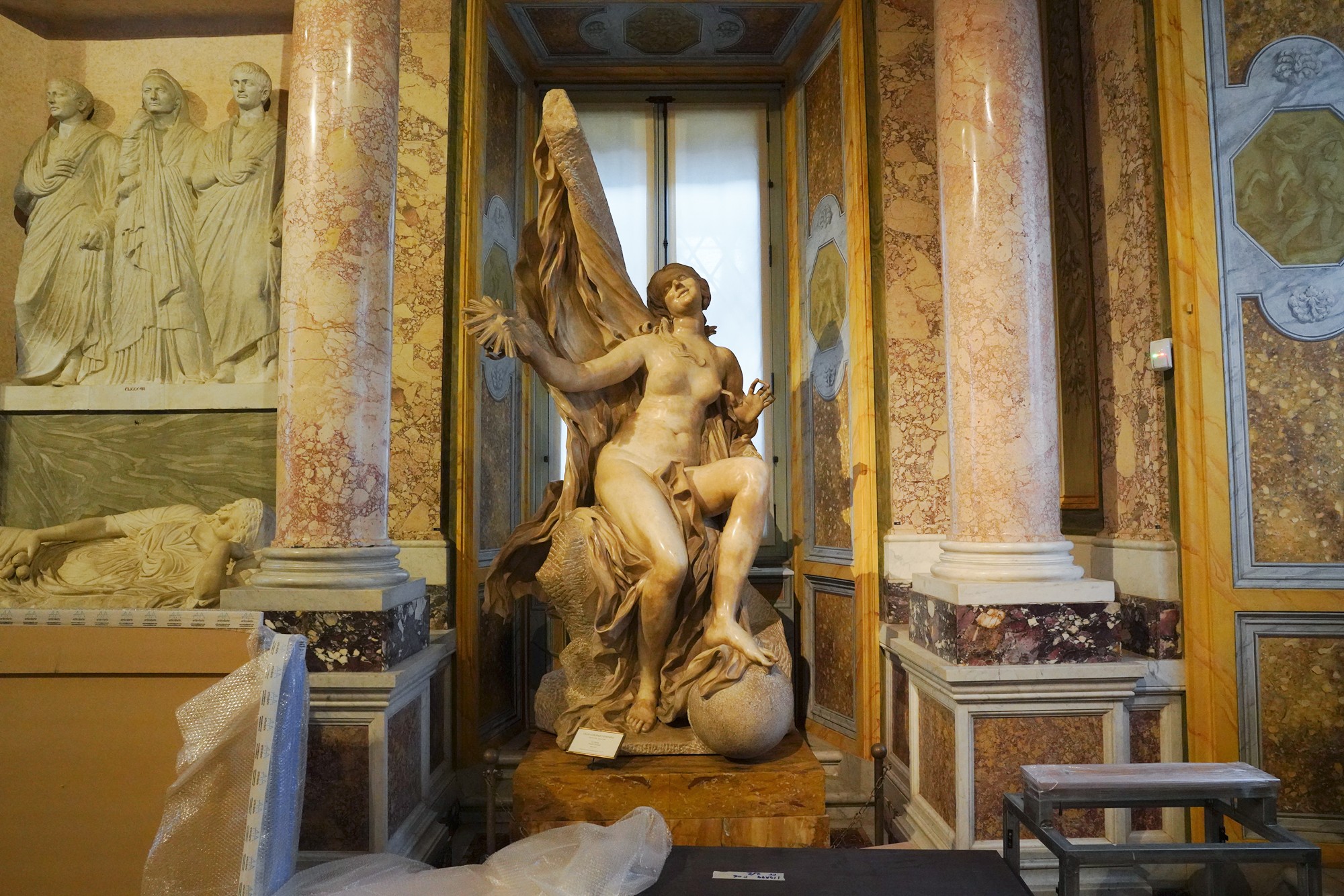
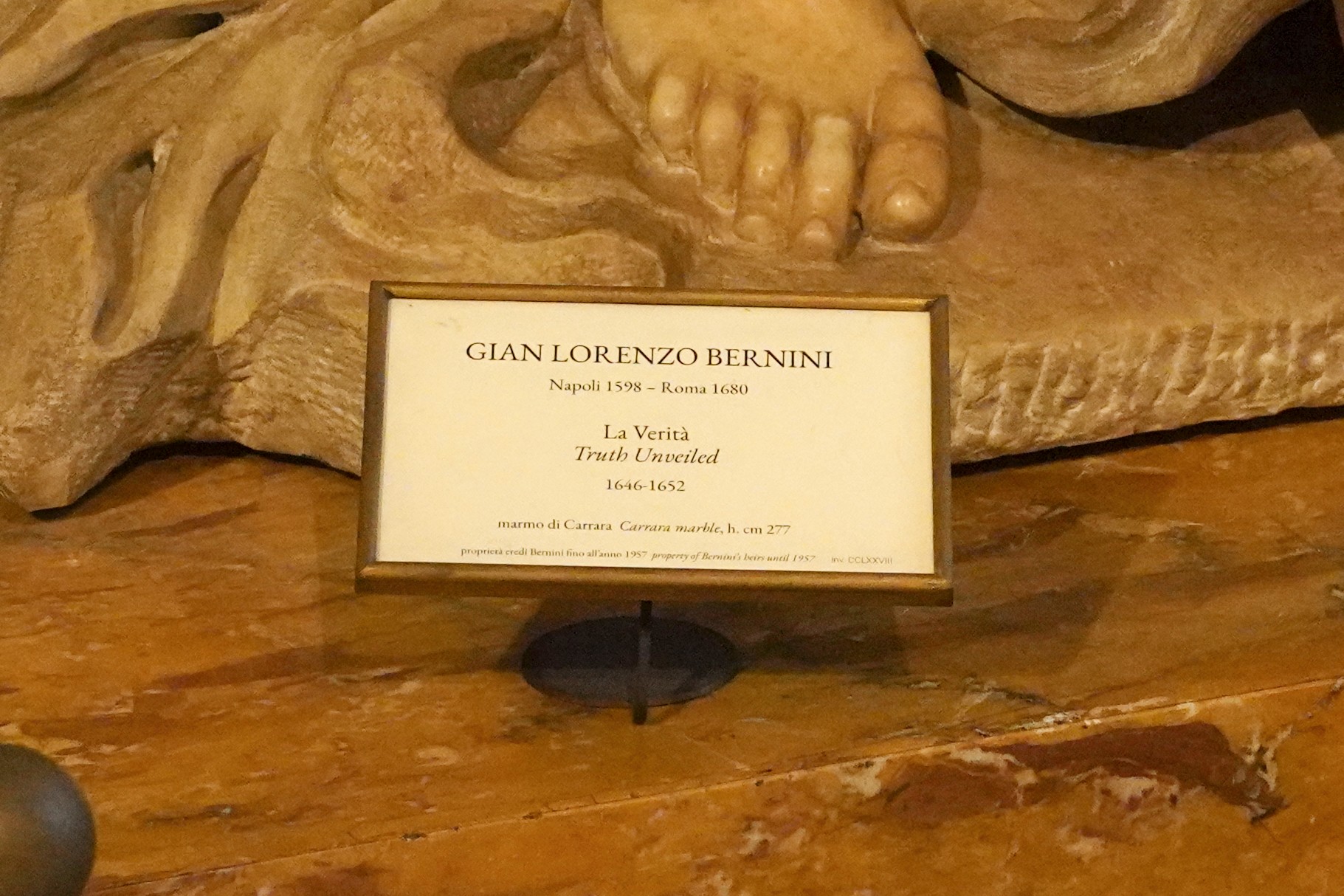











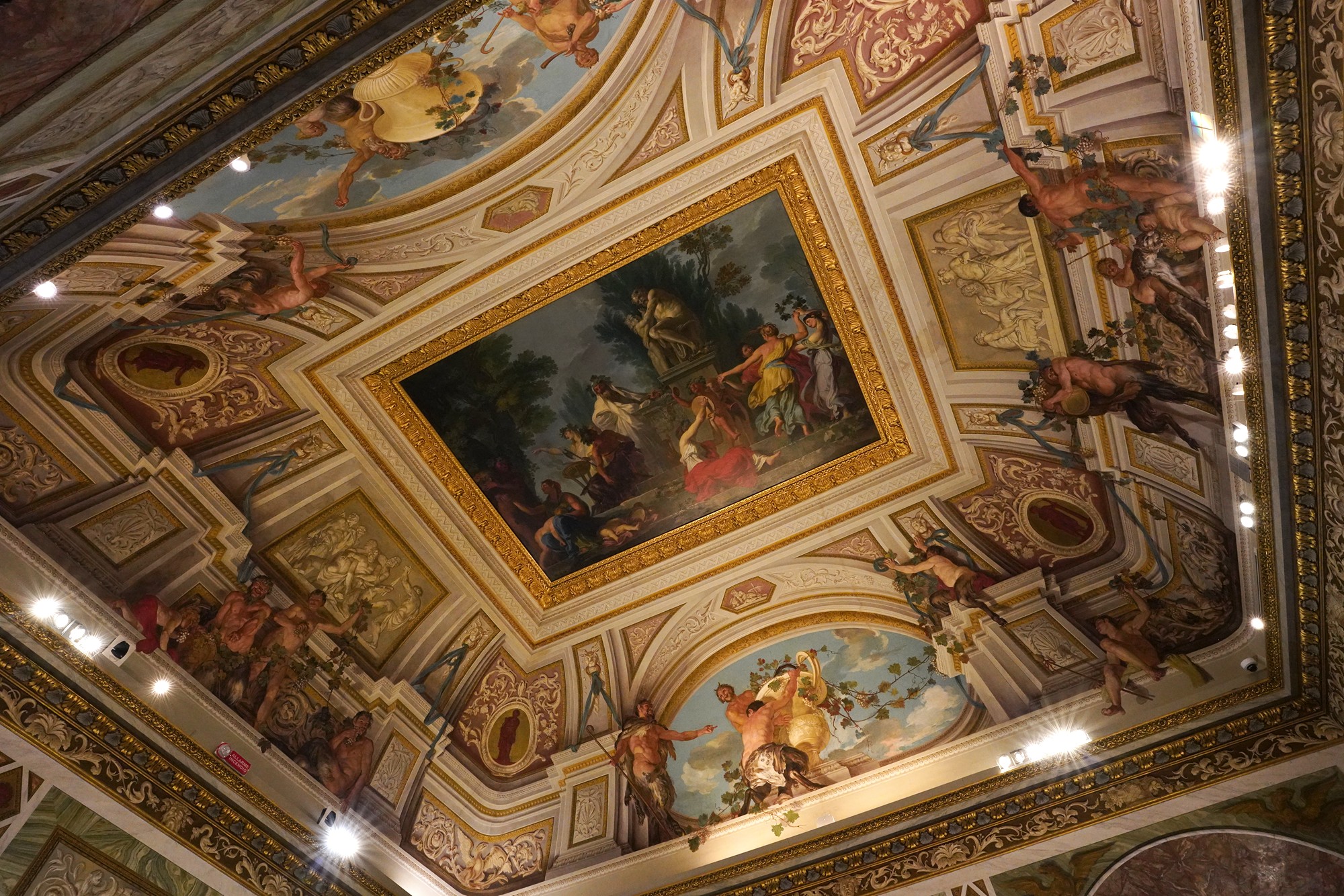
Caravaggio’s Paintings: The gallery has several masterpieces by the Baroque painter Caravaggio, including “David with the Head of Goliath,” “Boy with a Basket of Fruit,” and “Saint Jerome Writing.”
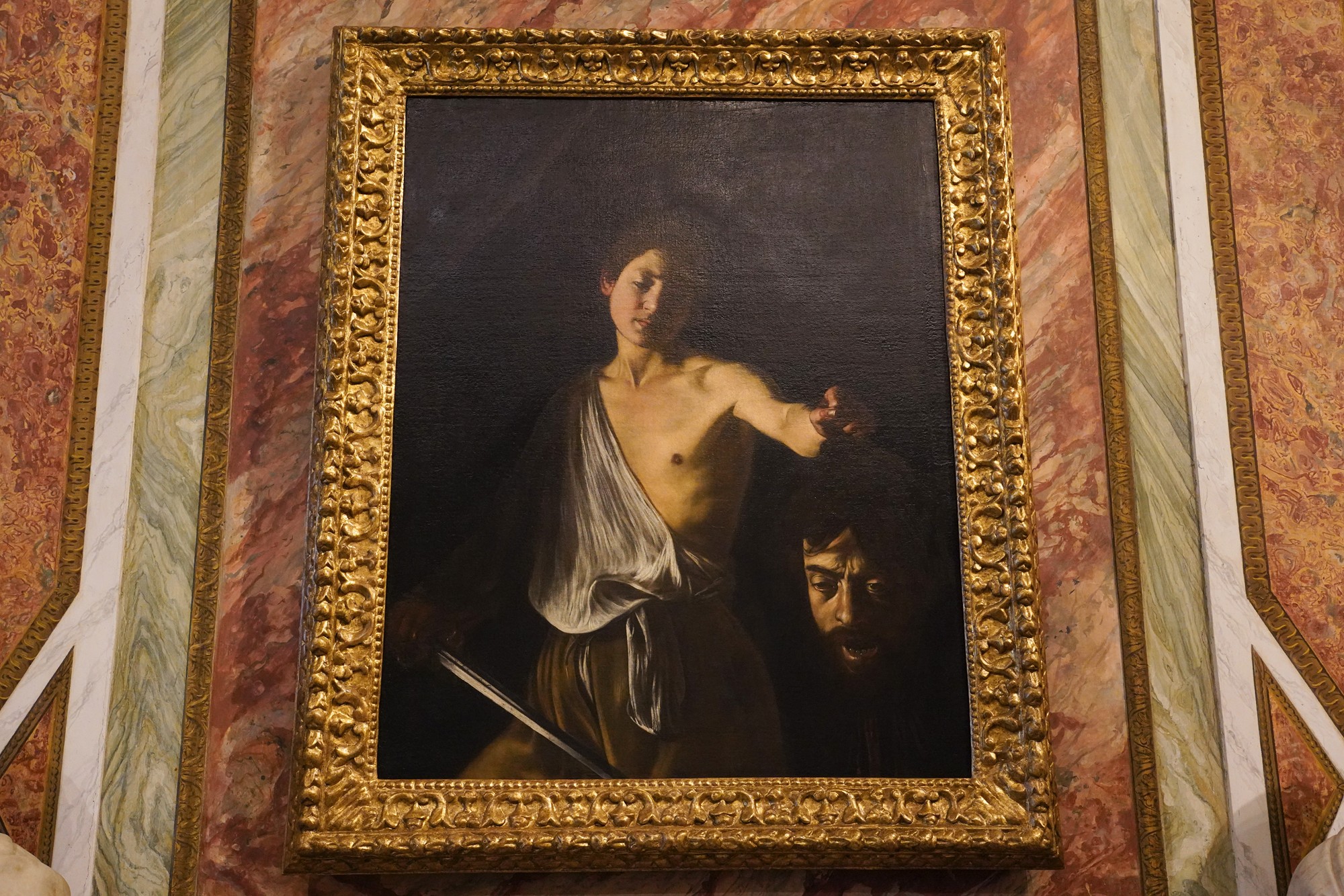


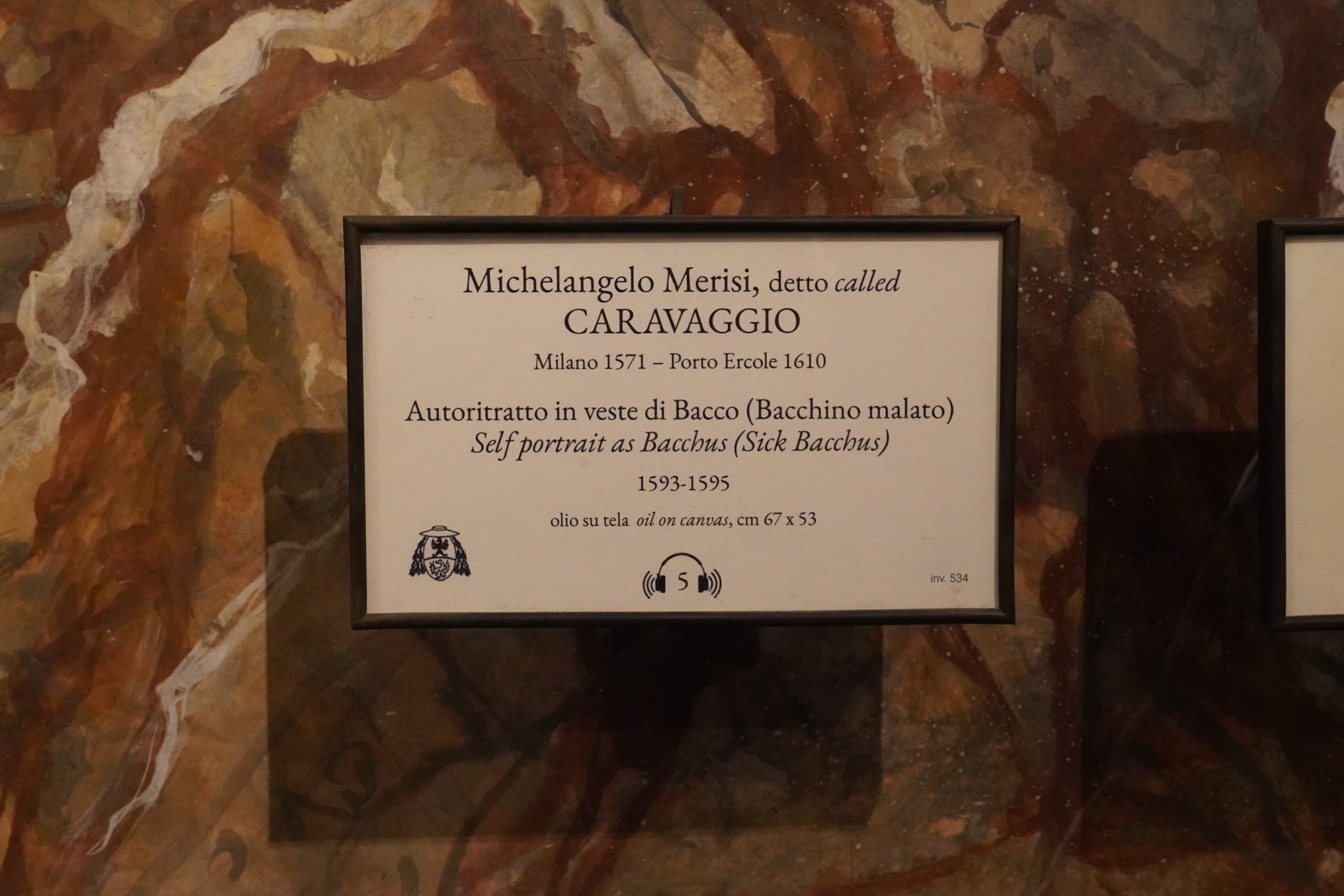



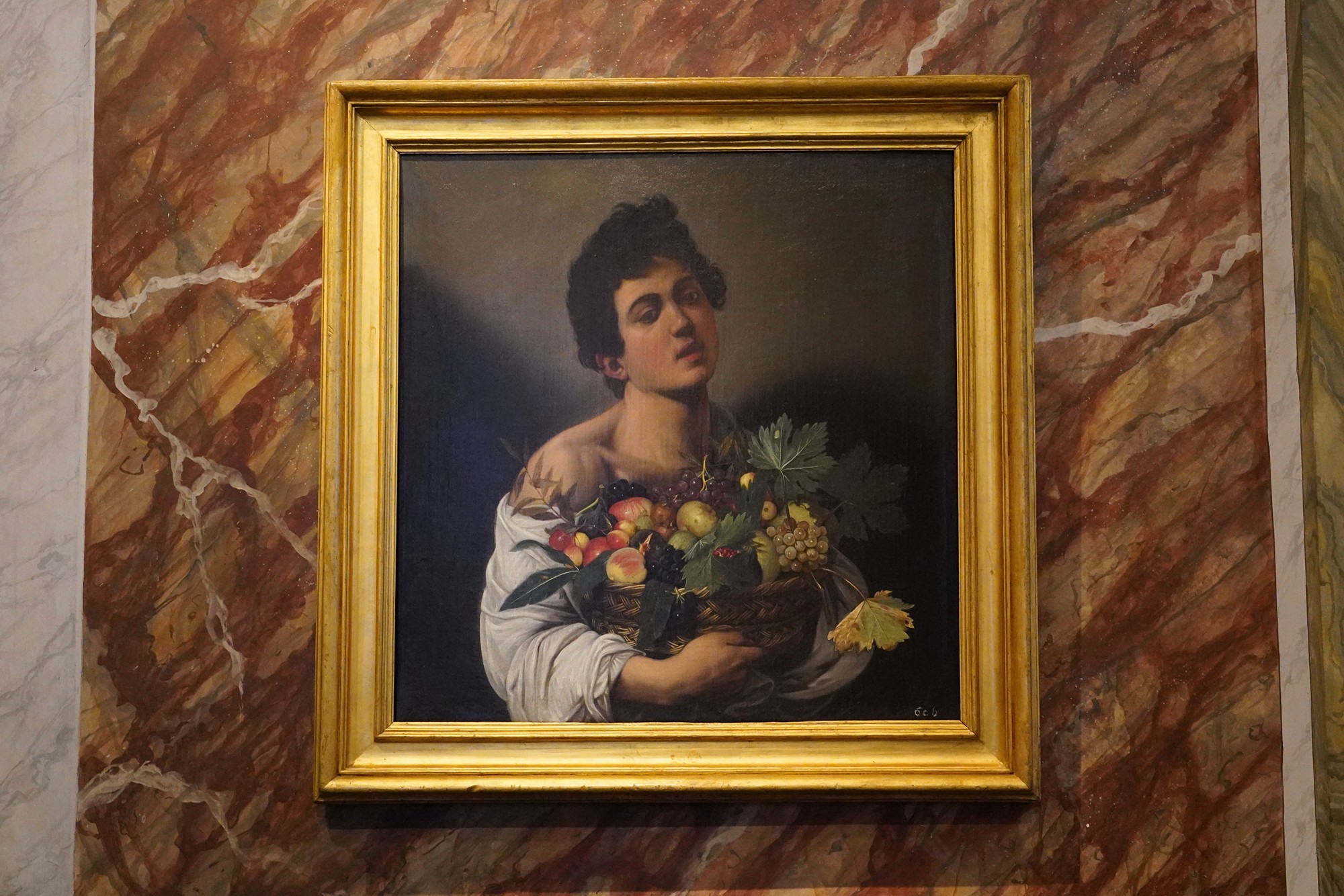


“Venus Victrix” is a renowned sculpture created by the Italian neoclassical artist Antonio Canova, not Gian Lorenzo Bernini. Canova crafted this masterpiece in the early 19th century as a commission for Pauline Borghese, Napoleon’s sister. The statue portrays Pauline as Venus, the Roman goddess of love and beauty.




David: Bernini’s depiction of David is a dynamic and powerful sculpture showing the young hero in the act of slinging a stone at Goliath.




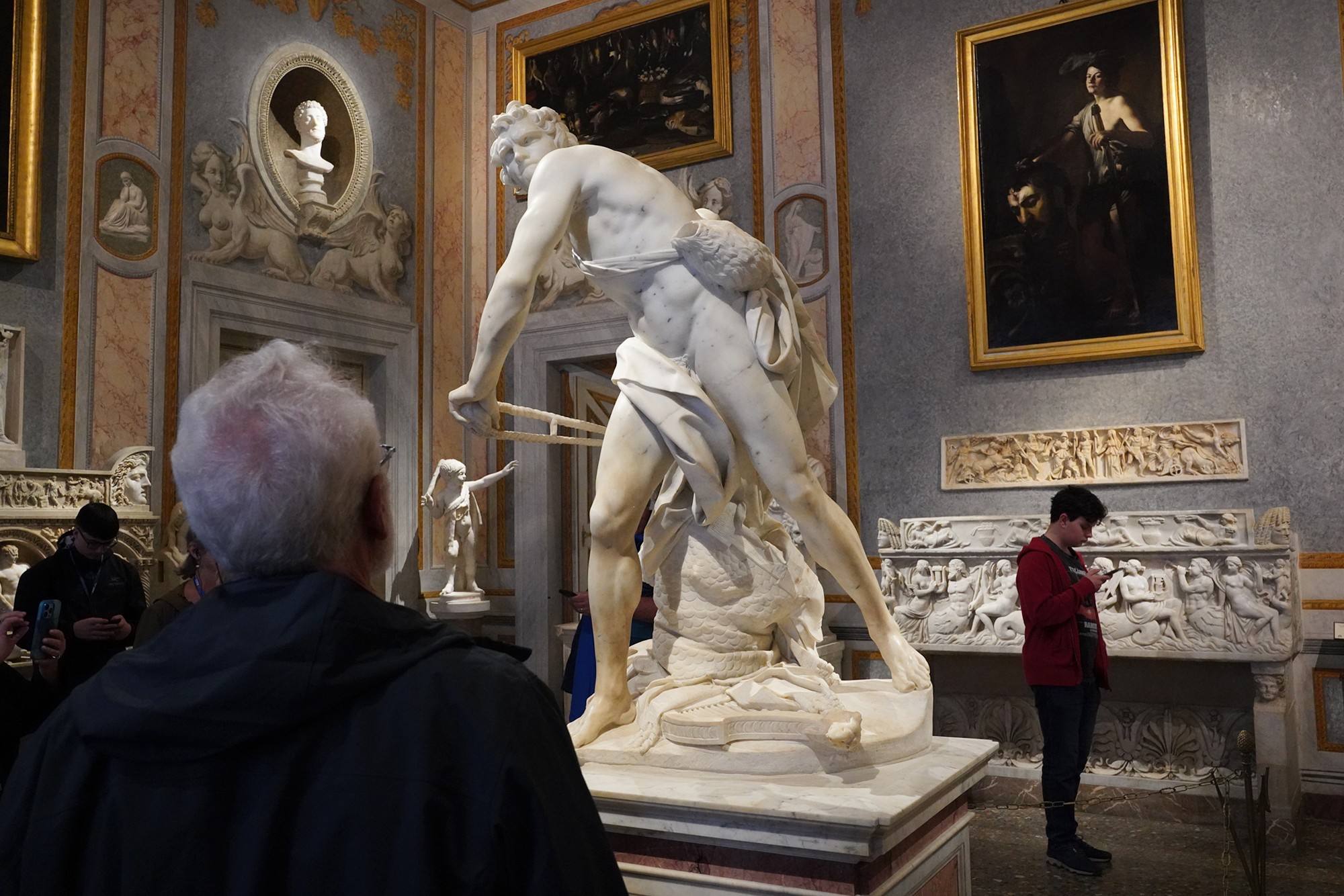


Apollo and Daphne: This marble sculpture depicts the moment when the god Apollo pursues the nymph Daphne, who is transformed into a laurel tree to escape him.





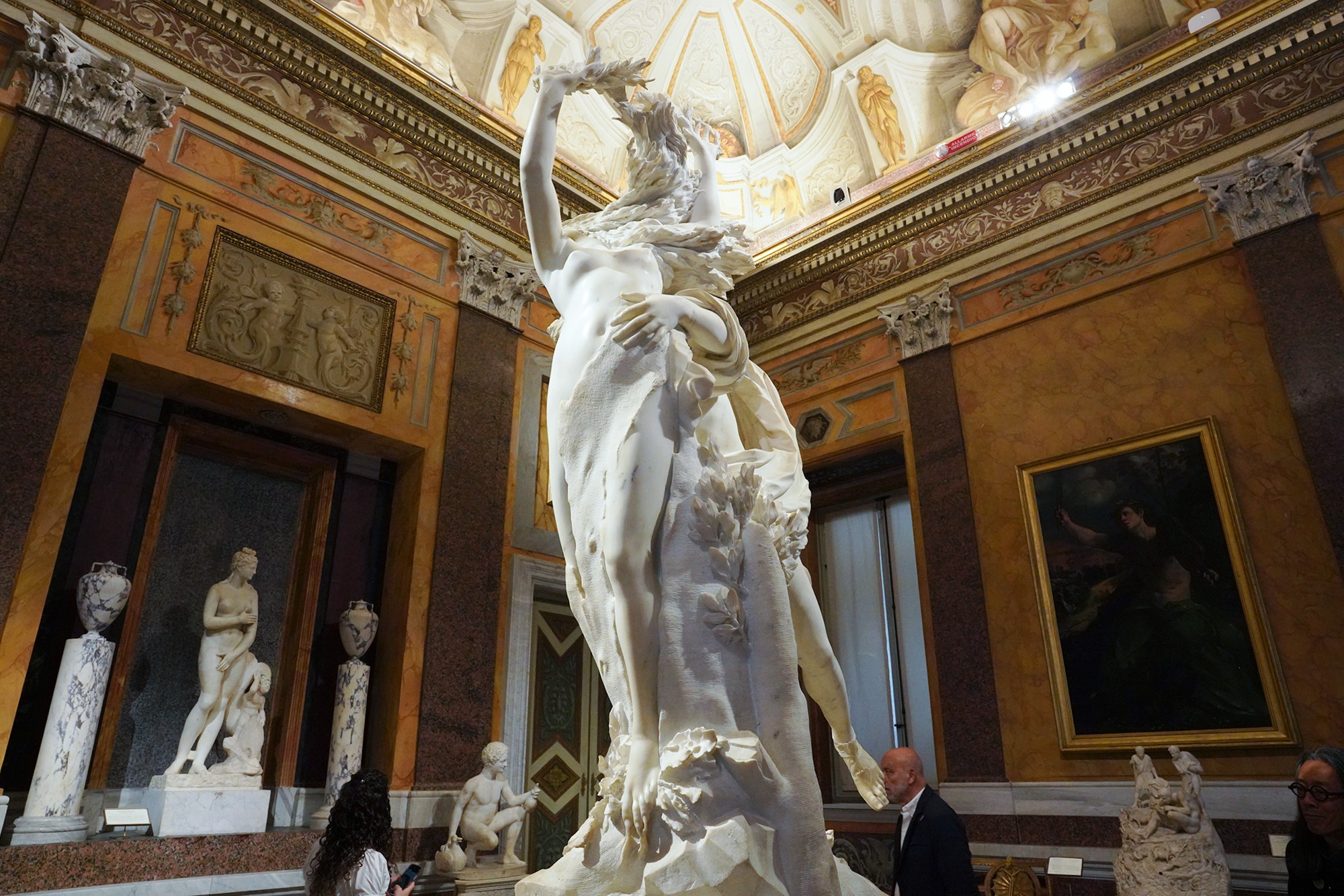



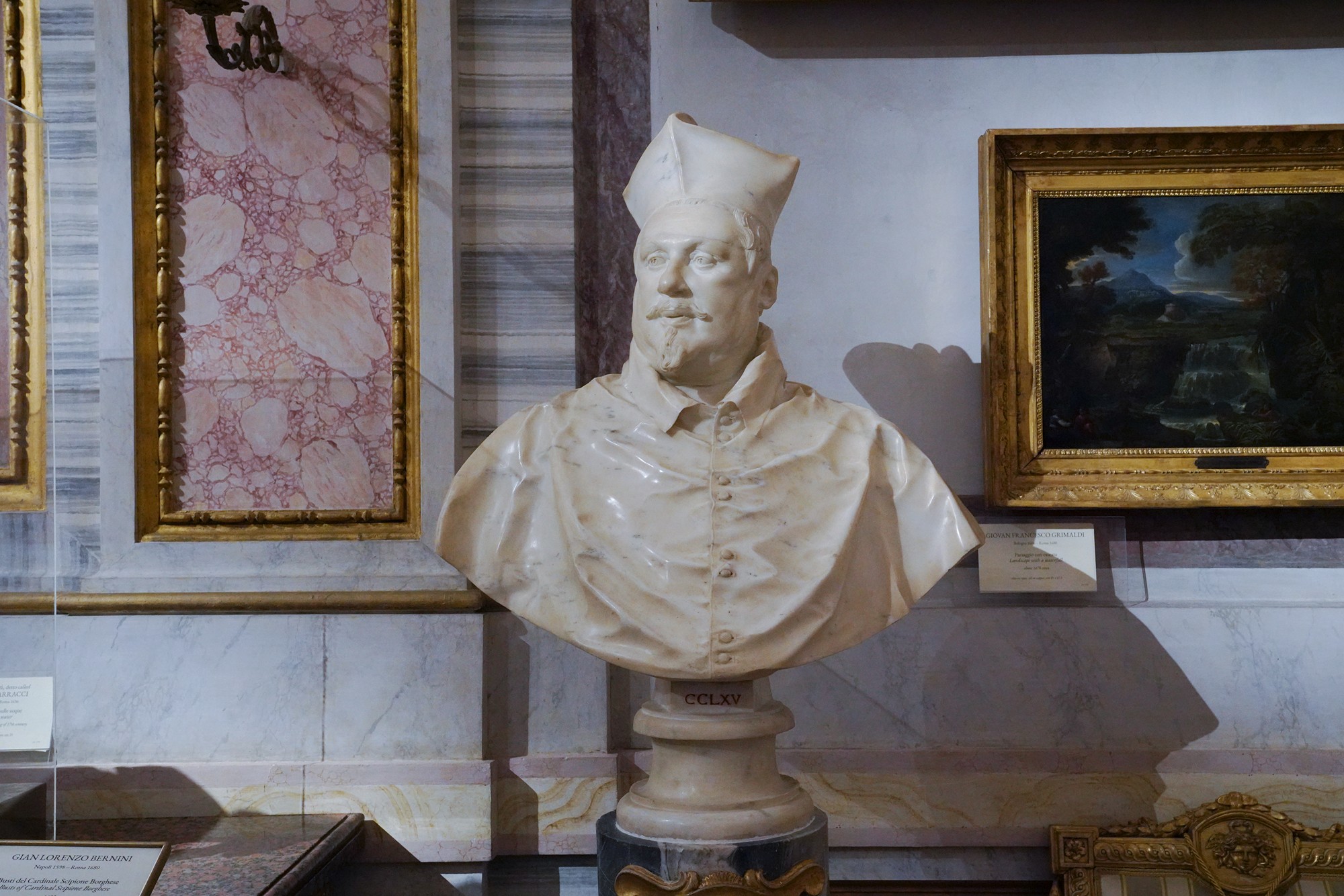










Titian’s “Sacred and Profane Love”: A masterpiece by the Venetian Renaissance artist Titian, this painting is known for its allegorical representation of love.






Raphael’s “The Deposition:” This painting by Raphael depicts the deposition of Christ from the cross and is considered one of the artist’s most poignant works.




